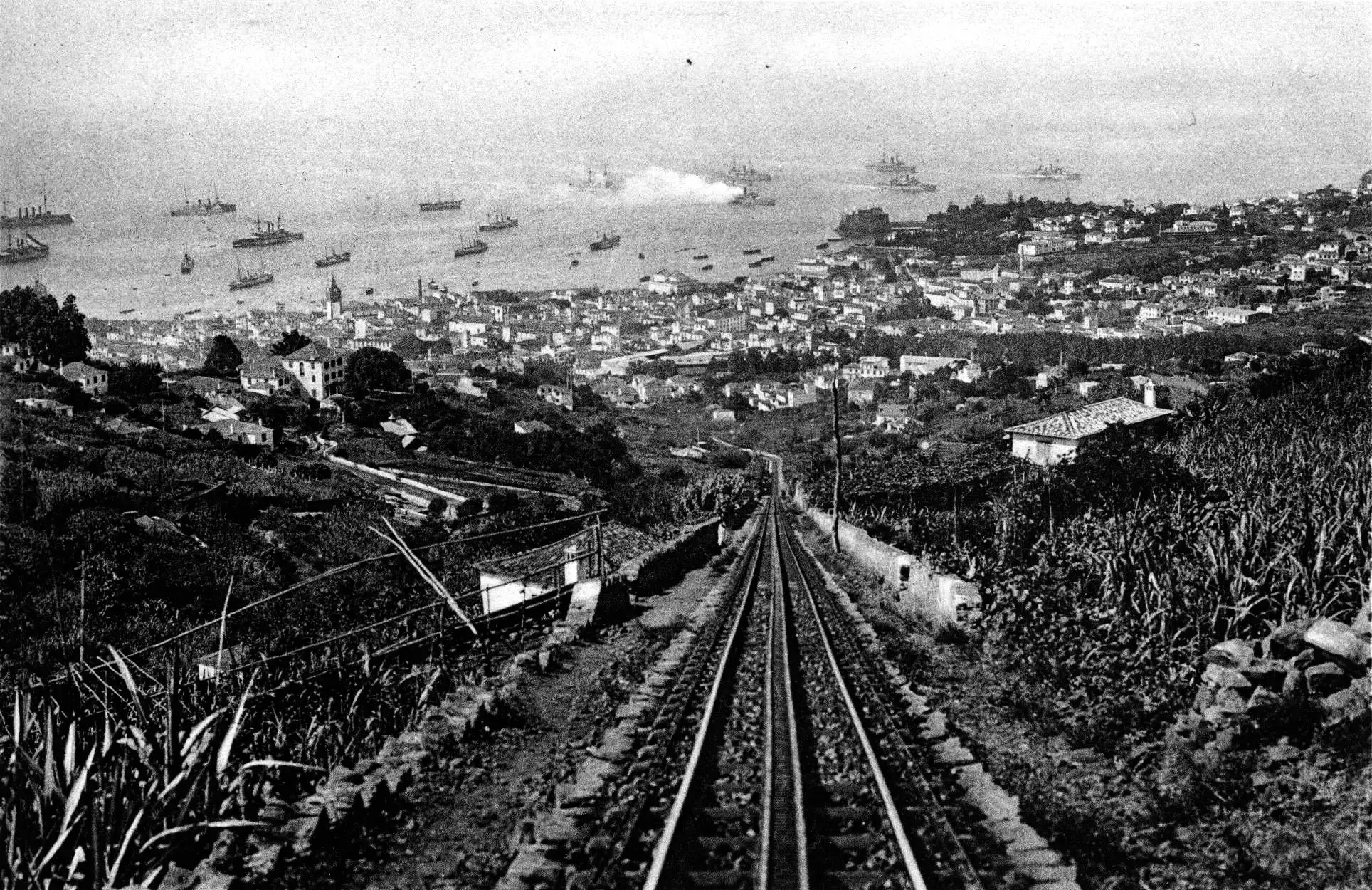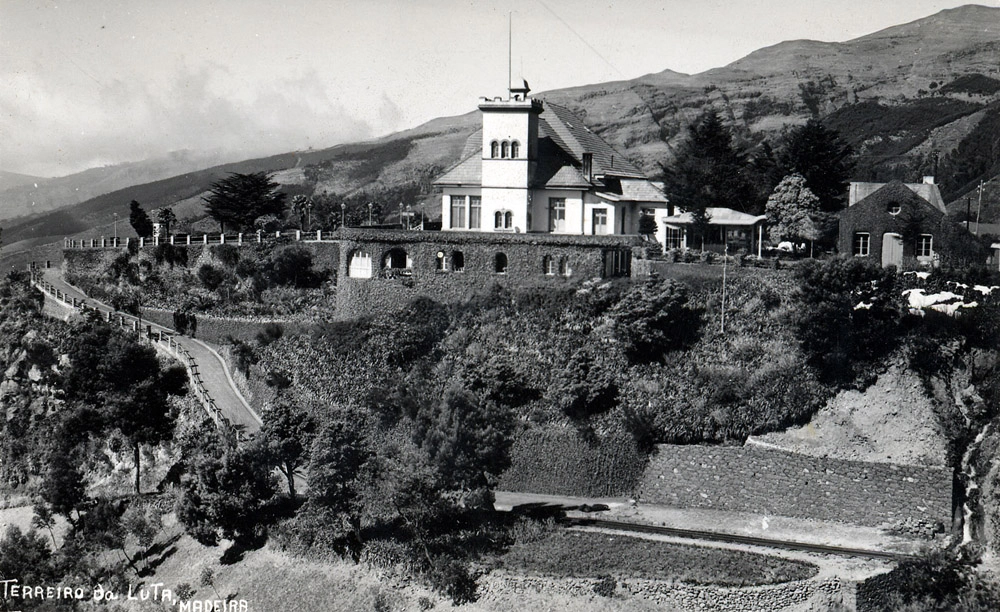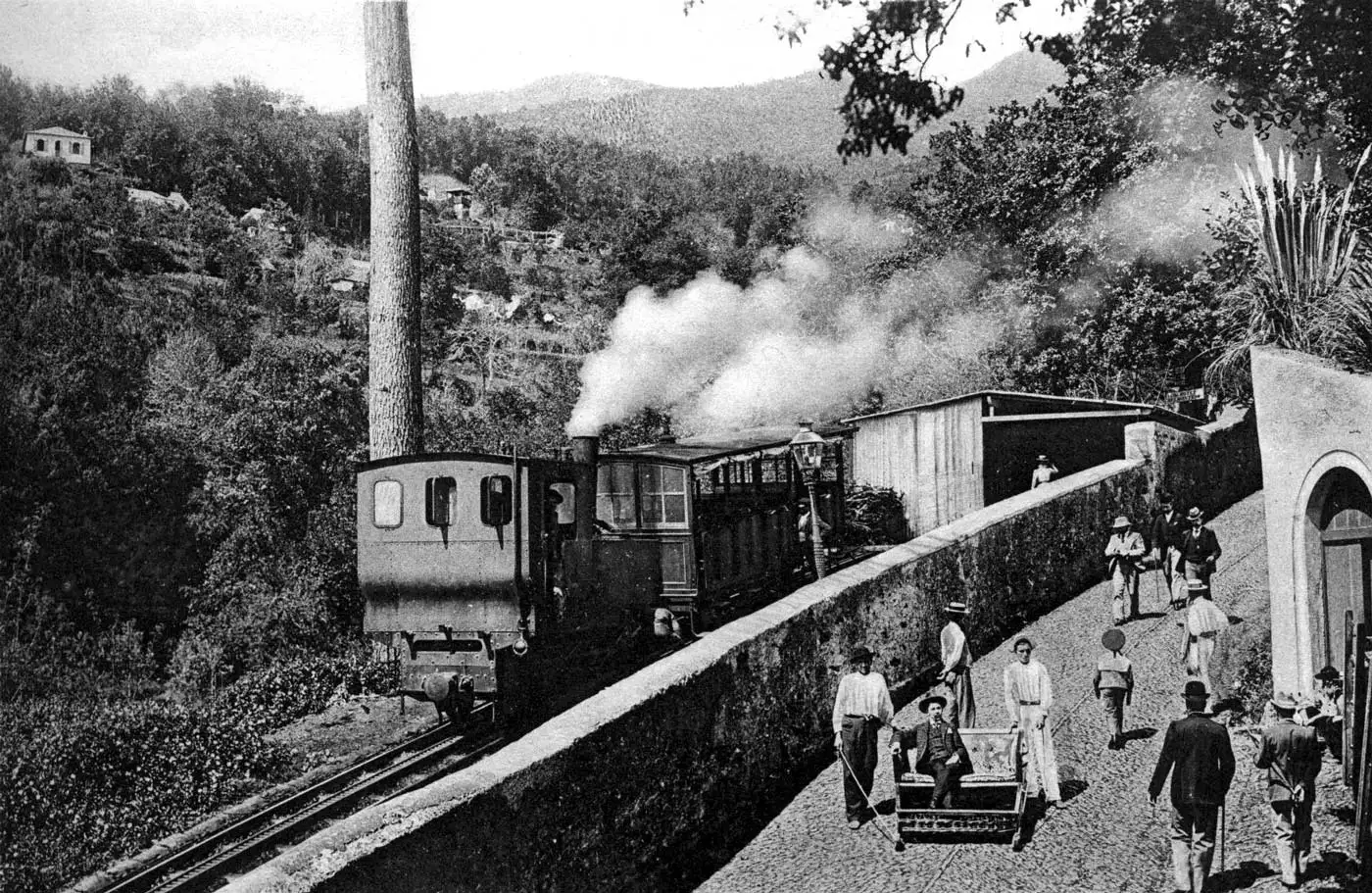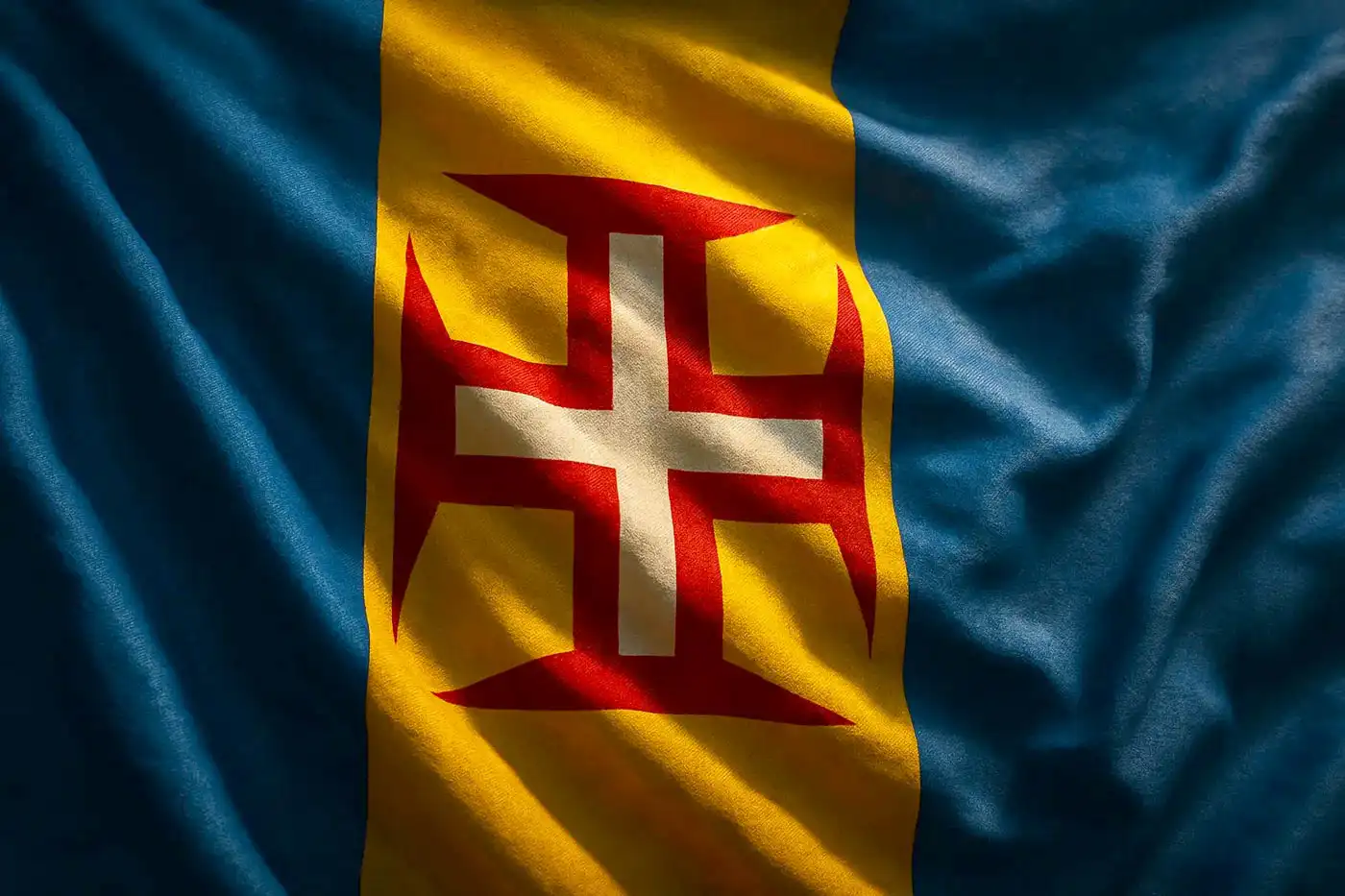What Was the Caminho de Ferro do Monte, and Why Was It Important to Madeira?
The Caminho de Ferro do Monte (Monte Railway), also known as the Comboio do Monte (Monte Train) or the Monte Lift, was a rack railway that linked Pombal, in Funchal, with Terreiro da Luta, Monte. The railway was constructed between 1893 to 1912 in sections of 3.9 km, and was abandoned in 1943. Designed by engineer Raul Mesnier de Ponsard, the railway provided an essential mode of transport for locals and visitors alike, offering a dependable mode of transport. The Monte railway was popular among the rich and wealthy who spent their holidays in Madeira.
It All Started in 1893
It was in 1891 that the Companhia do Caminho de Ferro railway company was founded. Soon after, the first section of the railway, connecting Pombal to Levada de Santa Luzia, was inaugurated in July 1893. The second section, extending to Atalhinho over 2.5 kilometers, opened in August 1894 and it was in 1912 that a further extension of the tracks reached out to Terreiro da Luta.
Panoramic Views & Lush Vegetation For Tourists
At the time, the railway was more than just a mode of public transportation, it was a symbol of progress and ingenuity. The journey offered stunning views of Funchal’s coastline, terraced hills, and lush vegetation. For a region that, already back in the days, relied heavily on tourism and agriculture, the Caminho de Ferro do Monte brought unprecedented accessibility and economic potential.
The company had five locomotives, four built by Maschinenfabrik Esslingen and one by SLM Winterthur. There were five passenger cars, each holding around 60 passengers, divided into five compartments. There was also a flat car for baggage transport.
What Was the 1919 Explosion and How Did It Lead to the Decline of the Monte Railway?
On September 10, 1919, tragedy struck the Monte Railway. During an uphill climb, a locomotive’s boiler exploded, killing four people and injuring several others. The incident shocked the local population and destroyed confidence in the railway’s safety. The service was suspended for several months, resuming only in February 1920.
The accident was a turning point that marked the beginning of the railway’s decline. A subsequent derailment in 1932 further increased safety fears, driving tourists and locals away from the service. These incidents, combined with financial difficulties and wartime disruptions, eventually sealed the railway’s fate.
When and Why Did the Caminho de Ferro do Monte Cease Operation?
After half a century, the Monte Railway finally ceased operation in 1943. The decline in passenger numbers, the explosion in 1919 and derailment in 1932 led to its downfall. These accidents tarnished its reputation and raised concerns about safety.
Additionally, the outbreak of World War II disrupted global travel, causing a significant drop in tourism, already back then, Madeira’s primary industry. The railway company struggled financially, and by 1943, the service was no longer sustainable. The tracks were dismantled shortly after, and much of the metal was repurposed for other infrastructure projects.
The 16 November 1948 issue of Gazeta dos Caminhos de Ferro reported the sale of the Caminho de Ferro do Monte.[10] Its physical assets were sold at ridiculously low prices, according to the source, and the real estate was abandoned.
What Remains of the Caminho de Ferro do Monte Today?
While the railway itself is gone, remnants of the Caminho de Ferro do Monte still exist, offering a glimpse into Madeira’s past. Several of its station buildings still exist. The most prominent is the station building in Monte, now restored and operating as a museum and interpretive center. Inside, visitors can find historical displays, photos, and equipment from the railway's heyday. The impressive iron bridge near the Monte station also still exists, an architectural relic of the railway’s engineering prowess.
There have been discussions in recent years about the potential revival of the railway or the construction of a different mode of transportation along the old route. However, these projects have never materialized, mainly due to economic challenges and the existence of the Teleférico do Funchal.
Elsewhere, hikers and locals can find fragments of the old railway’s path - bridge foundations, stone walls, and even a few rusted rails hidden among the forested hillsides.

How Did the Caminho de Ferro do Monte Shape Madeira’s Tourism History?
The Monte Railway played an important role in establishing Madeira as a tourist destination. At a time when travel was still limited by geography, the railway offered visitors a convenient and scenic way to explore the island’s highlands. The route to Monte and Terreiro da Luta became a must-see attraction, celebrated for its sweeping views and charming stops along the way.
The railway also contributed to the development of local businesses, including hotels, restaurants, and shops catering to tourists. Even after its closure, the memory of the Monte Railway continues to attract history enthusiasts and those intrigued by its engineering marvels.
What Makes the Caminho de Ferro do Monte Unique in Terms of Railway Engineering?
The Caminho de Ferro do Monte in Madeira is a remarkable example of early railway engineering. What made it unique was the use of the Riggenbach rack system. This system included a special toothed rail placed between the regular rails, allowing trains to climb very steep slopes safely. This was especially important in Madeira, where the landscape is full of hills and mountains.
The trains on this railway were also unusual. Each one had just a single passenger carriage, which was pushed uphill by a steam locomotive from behind. This setup allowed the locomotive to also act as a brake when going downhill, helping to control the speed on steep descents. The carriage and the locomotive could even be uncoupled, which made the system more flexible.
The construction of this railway showed how creative engineering can solve difficult problems. By using smart designs and special technology, the railway gave people better access to the steep and remote areas of the island — something that had not been possible before.
Caminho de Ferro do Monte was more than just a railway. It was a clever engineering solution that connected Madeira’s people and places in a completely new way.

The Monte Railway's Place in Madeira’s Memory
Though it stopped running more than 80 years ago, the Monte Railway remains a cherished part of Madeira’s history. It symbolized ingenuity, connection, and ambition. The Monte Railway holds a unique place in the story of Madeira. Its daring climb, dramatic incidents, and role in shaping tourism on the island continue to captivate.








Comments